Sometimes it seems we’re drinking in the Last Chance saloon where engines we actually want in our cars are concerned. But, of course, we’re not. A last chance offers at least the hope of redemption, an opportunity to mend our wicked ways. But so far as the V12 engine is concerned, it’s the No Chance saloon, the place you go to get absolutely plastered before being wiped off the face of the planet.
Which is why there are so many of them. If I can be allowed to mix my metaphors, it’s called making hay while the sun shines, because everyone can see it’s about to slip beneath the horizon, never to return.
BMW has one, as does Bentley (okay, a W12 but let’s not sweat the small stuff here), Aston Martin, Ferrari, Lamborghini, Rolls-Royce and Mercedes-Benz, such as that fitted to this S65. And let’s not forget that Cosworth has recently been commissioned to design from scratch brand-new V12s for both Aston Martin’s Valkyrie and Gordon Murray Automotive’s T.50. You’d barely believe there was a problem at all.

But now ask yourself how many will still exist five years from now. Well, the Cosworths will have been and gone, I doubt BMW will persevere with its one and we know the Mercedes motor is right on the point of quitting and will not be replaced. Which leaves the Italian supercar manufacturers, both of which have been defined by the V12 from the very day they were founded, Rolls-Royce, which, I imagine, will be heading down the all-electric route long before then, and Aston Martin. We know Aston’s twin-turbo V12 won’t be going into any Lagonda and we also know the company is heading rapidly down the hybrid route and designing its own in-house petrol-electric V6. I expect it will keep the V12 for as long as demand remains or legislation allows, but will it be replaced? Given how relatively new it still is, I doubt it.
But what is it about the V12 that has made it the most revered engine configuration of all? I think it is the rather wonderful confluence of two factors that lend unique qualities to the V12, as even a short drive in the S65 illustrates rather well.


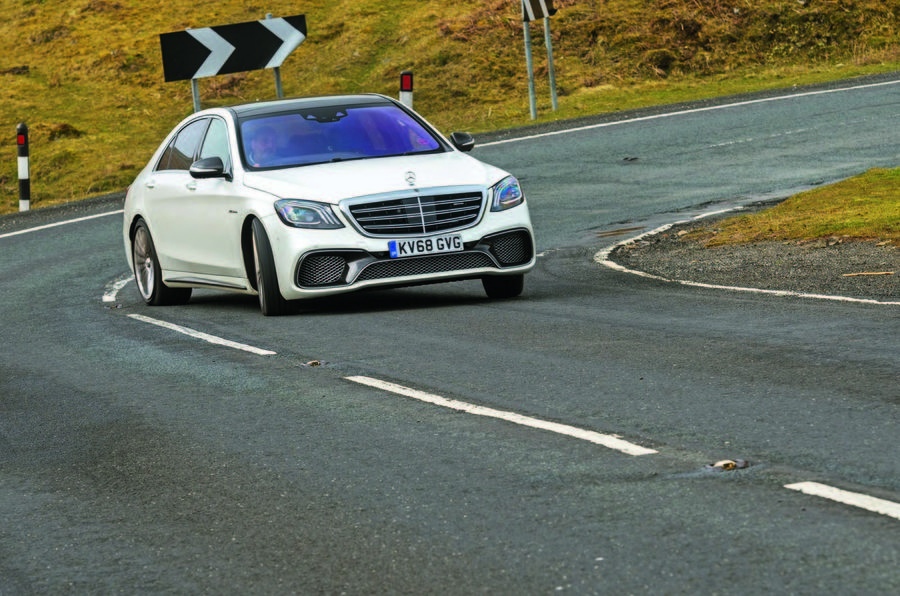
























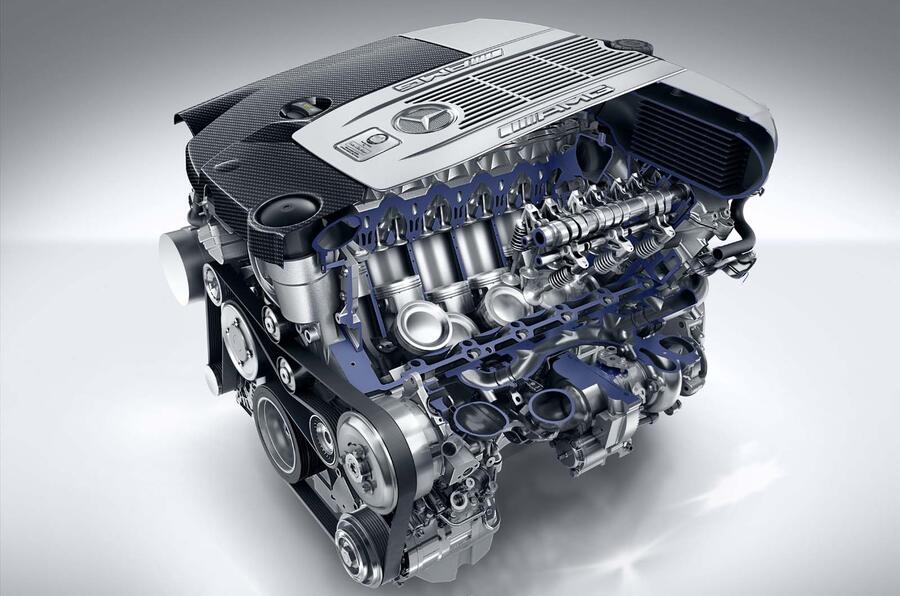
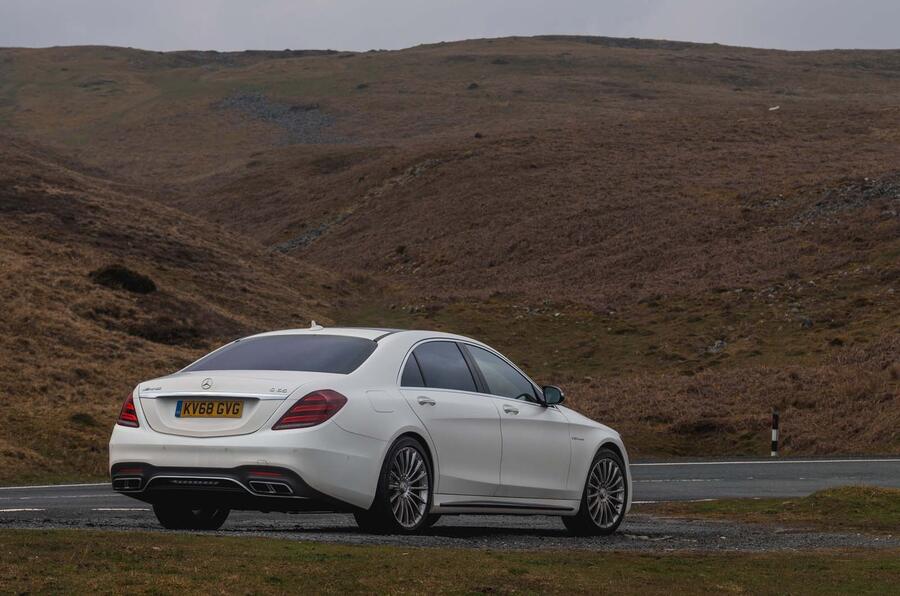
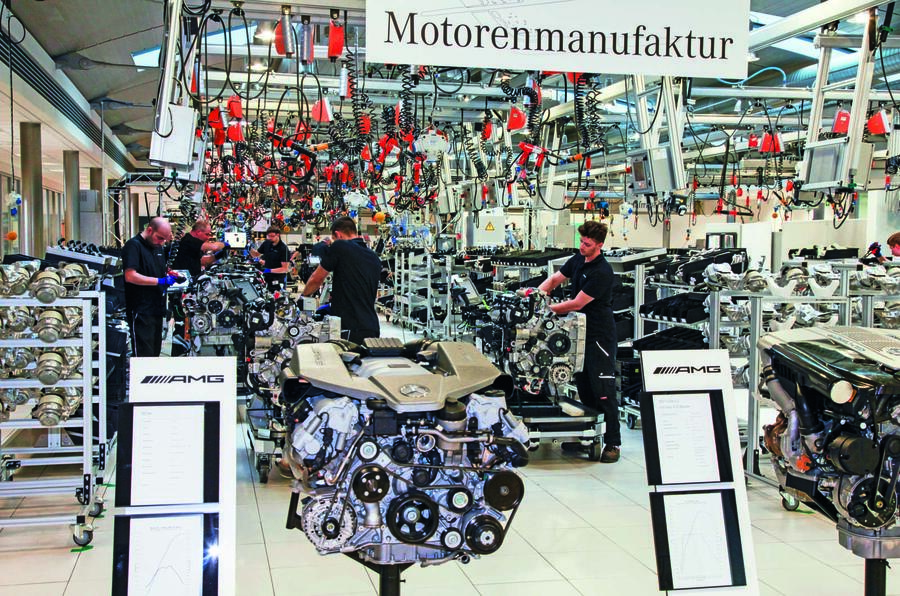
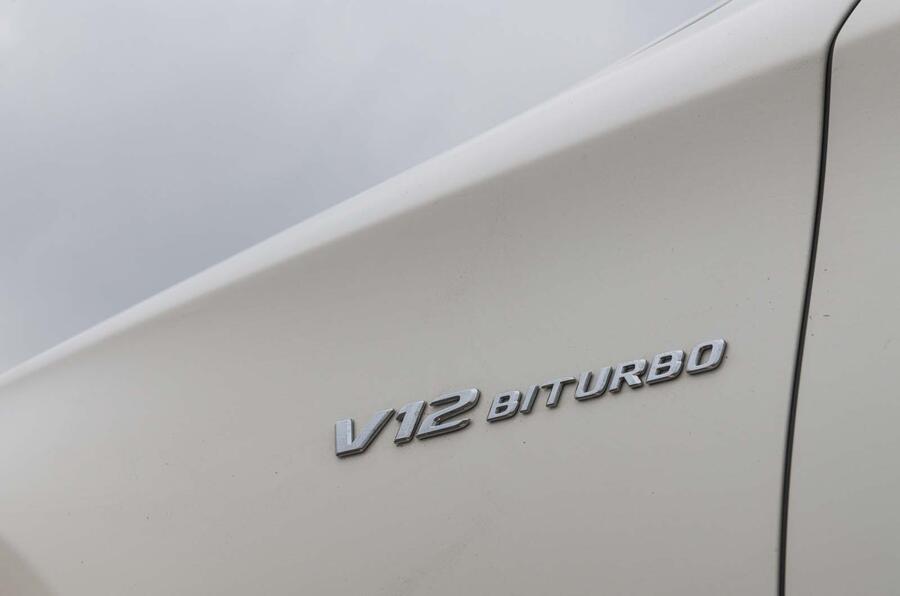
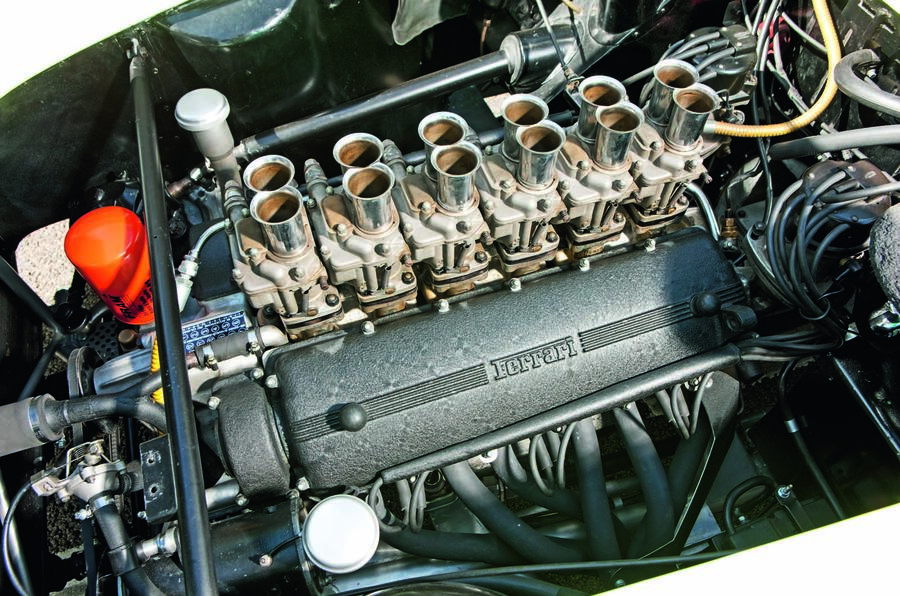
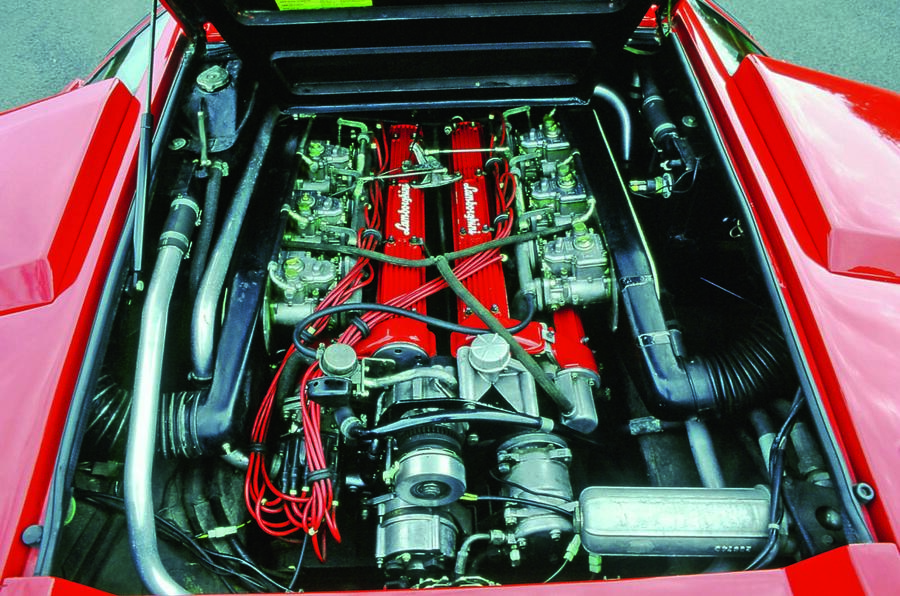
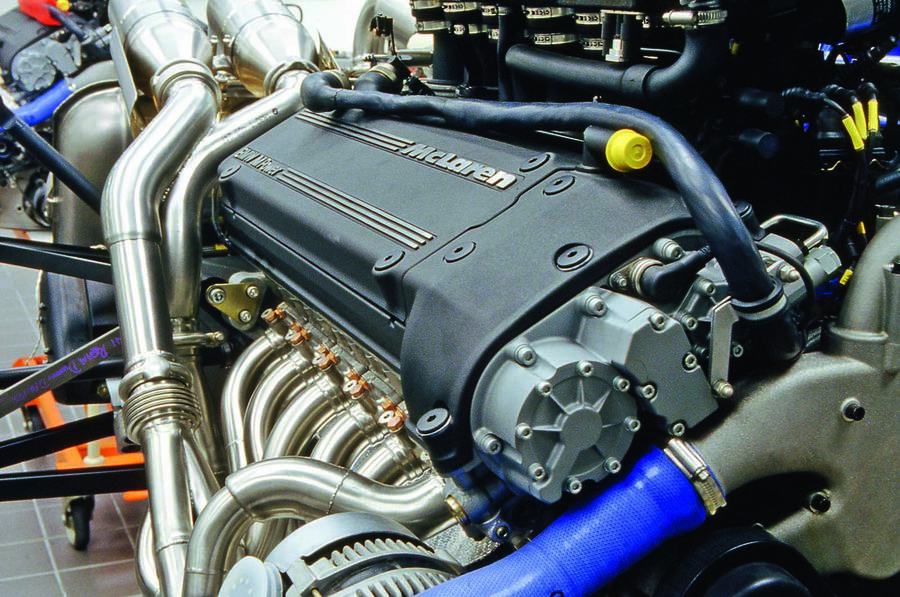
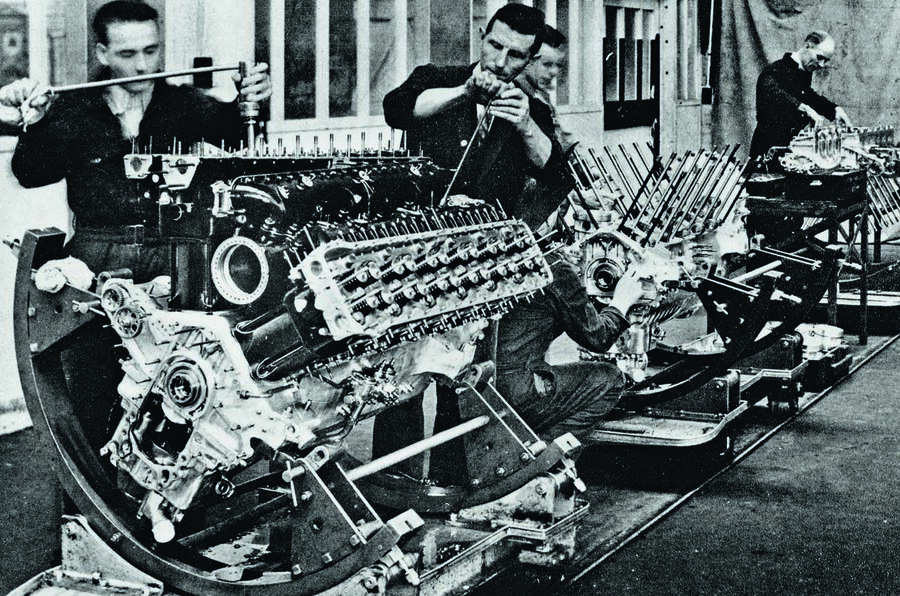
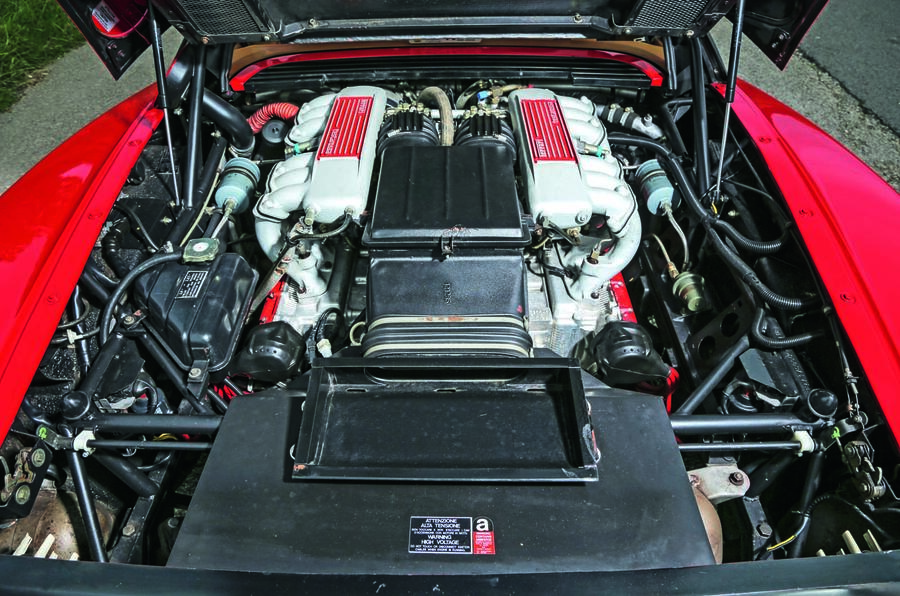


Join the debate
Add your comment
V12 confirmed at Mercedes
Mercedes just confirmed a V12 for the next gen S-Class albeit in Maybach trim only for now - a decision I'm sure they didn't make lightly. If Mercedes assume there'll be a market for V12s for the foreseable future, who are we to assume otherwise?
In days gone by.
In Days gone by, maybe a hundred years ago, if you want a fast car, you had to find the biggest capacity engine you could fit into a Chassis and fit a body around it, some of these engines were 16 even 24 litre behemoths, nowadays with modern technology we're extracting 300, 400hp from as little as two litres, now, the advantage there is, less weight, physically smaller engine, a V12 , other than smoothness, and in another five, ten years ICE power will or is not the power source of choice,yes, great although these engines and others like them, we have to move with the times.
Nothing wrong with a V8.
Unless you're Bugatti of course!